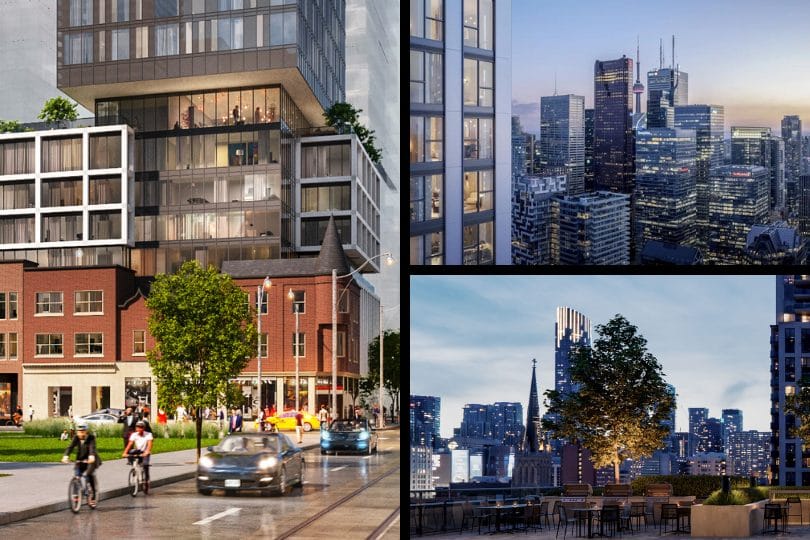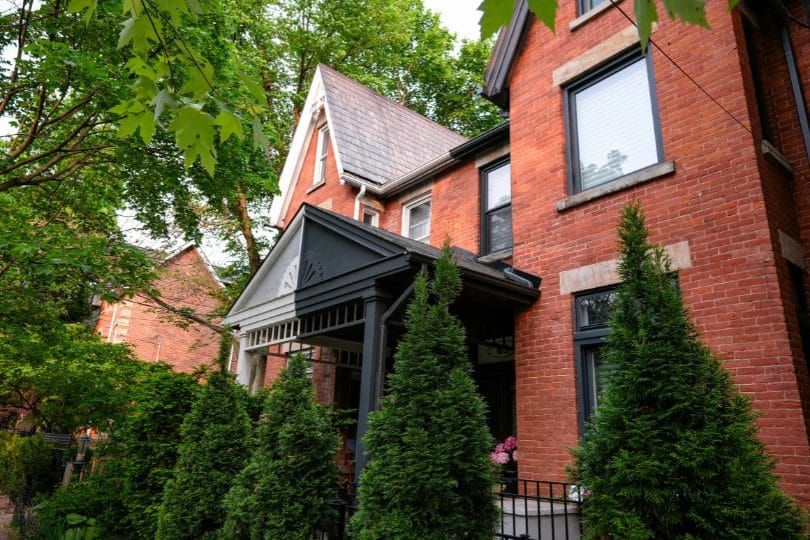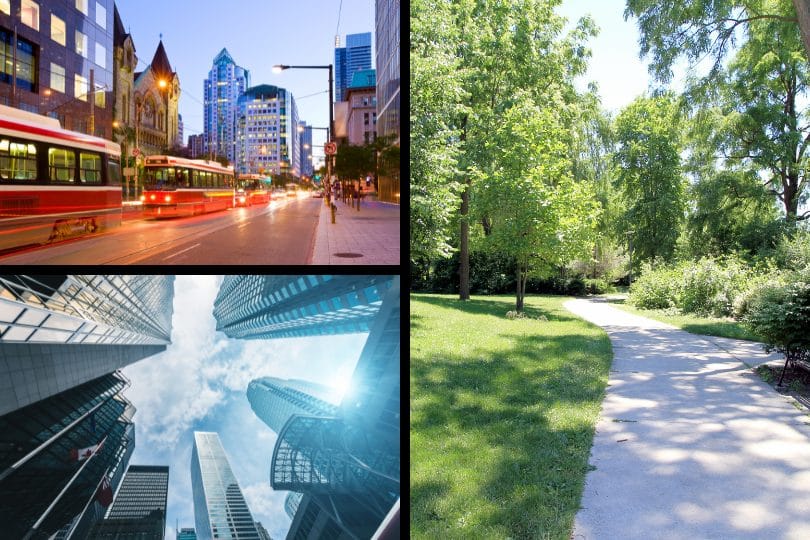
When you look at Toronto’s skyline, every condo building is the result of planning, vision, and law. When we admire these striking structures, it’s easy to focus on bold architecture or standout amenities, but there’s much more at play. Behind the scenes, zoning rules shape what gets built, where it goes, and even how it fits into a neighbourhood. If you’re thinking about buying a condo or investing in Toronto real estate, it’s worth understanding the role these laws play.

How Toronto Zoning Laws Shape What Gets Built
Toronto zoning laws set the stage before a single shovel hits the ground. They determine what type of building is allowed, how tall it can be, and even how much of the site it can cover. Want a high-rise condo? The zoning might allow it, or might stop it entirely. Prefer a smaller building in a more traditional neighbourhood? That too depends on what zoning permits.
Local bylaws are updated regularly as the city grows. In 2025, new changes opened the door for more density and taller buildings on certain streets, creating opportunities for new housing while still aiming to preserve community character.

What Zoning Rules Mean for Condo Design
For developers like BAZIS, every detail of a condo project has to align with zoning rules. In practice, this affects:
- Building height and mass: Zoning sets limits on height and overall building size, which is why you won’t see skyscrapers tucked between rows of heritage homes.
- Unit mix and density: Zoning sets the number of units allowed on a site, shaping the mix of condos available.
- Outdoor space: Balconies, terraces, and green roofs are often designed to comply with setback requirements and outdoor amenity rules.
- Parking: Requirements are based on the number of units and the building’s location, which determines how much space is set aside for underground garages or visitor parking.
- Sustainability: Recent updates support eco-friendly features like energy-efficient windows, green roofs, and dedicated green space.
Developers work closely with city staff from the earliest stages to make sure projects move forward without zoning surprises.

How Zoning Defines Location Choices
Each Toronto neighbourhood has its own zoning regulations, which influence where condos can be built and what type of building will work best. A few examples:
- Major streets: Taller buildings are now permitted along certain corridors, adding more housing options near transit, shops, and schools.
- Heritage neighbourhoods: Areas with historic character have stricter rules to preserve façades, setbacks, and landscaping, which often limits what developers are able to change.
- Transit-oriented zones: Close to subway or LRT lines, zoning often supports mixed-use developments: condos combined with shops and offices, creating vibrant live-work communities.
For buyers, this means the lifestyle, convenience, and character of a condo are shaped as much by zoning as by design.

Why Zoning Still Matters for Buyers
Buyers can’t control zoning laws, but those laws shape the options available. They influence whether a neighbourhood sees boutique low-rises, mid-rises, or high-rise towers. They also help explain why some areas offer larger outdoor spaces, while others emphasize density and transit access.
Understanding this context can help buyers see the bigger picture: how a condo fits into its neighbourhood, and what kind of community life they can expect.

Ready to Explore Condo Living Shaped by Toronto Zoning Laws?
Zoning rules may sound technical, but they’re one of the biggest factors in shaping Toronto’s condo market. At BAZIS, our team knows how to work with city regulations to create homes people are proud to live in. From helping you find the right unit to delivering projects that meet city standards, our experience makes the journey clearer and easier.
If you could design your ideal condo lifestyle, would you prioritize outdoor space, transit access, or building amenities? Connect with BAZIS on social media (Facebook, X, or Instagram) and let us know!
